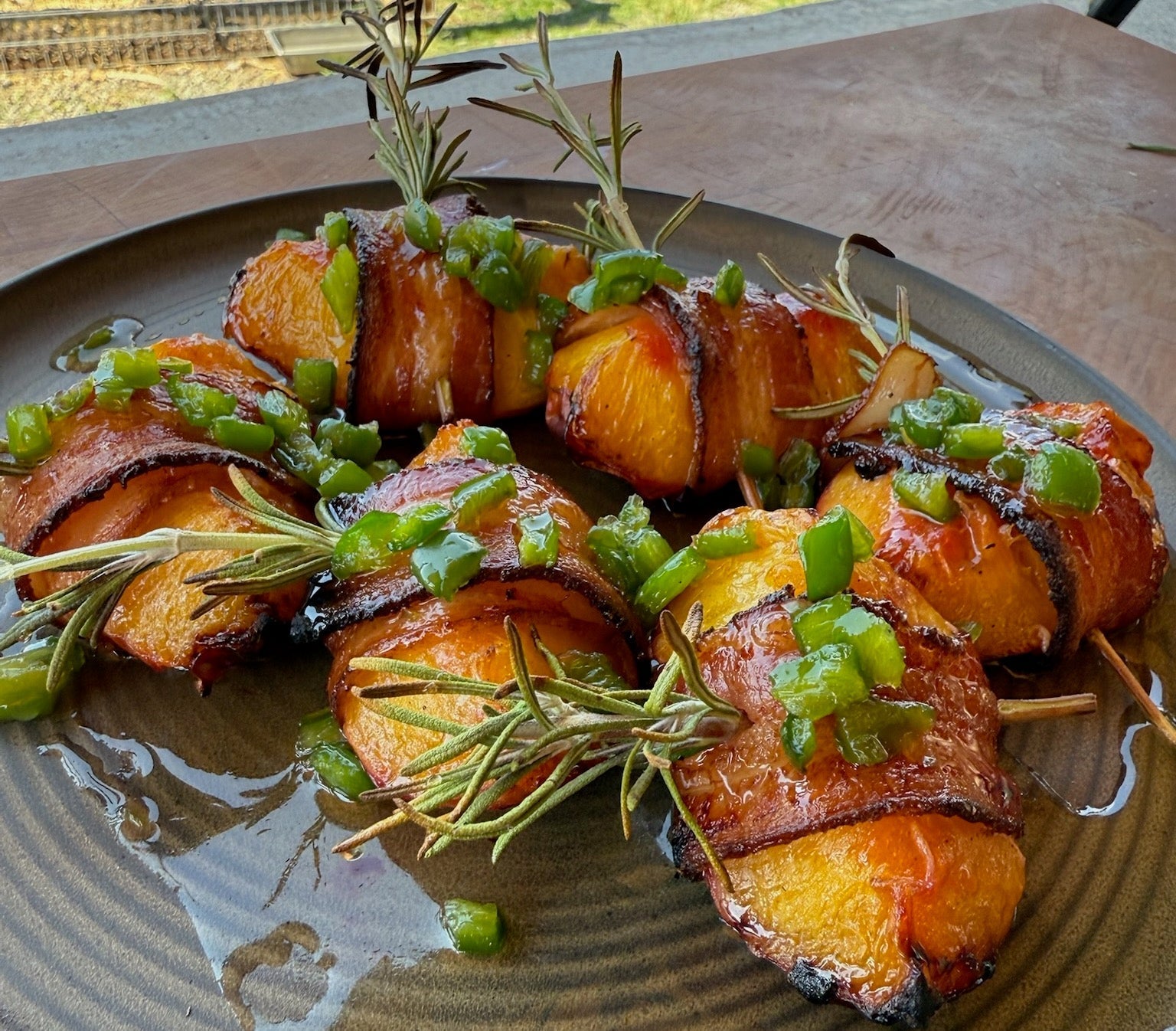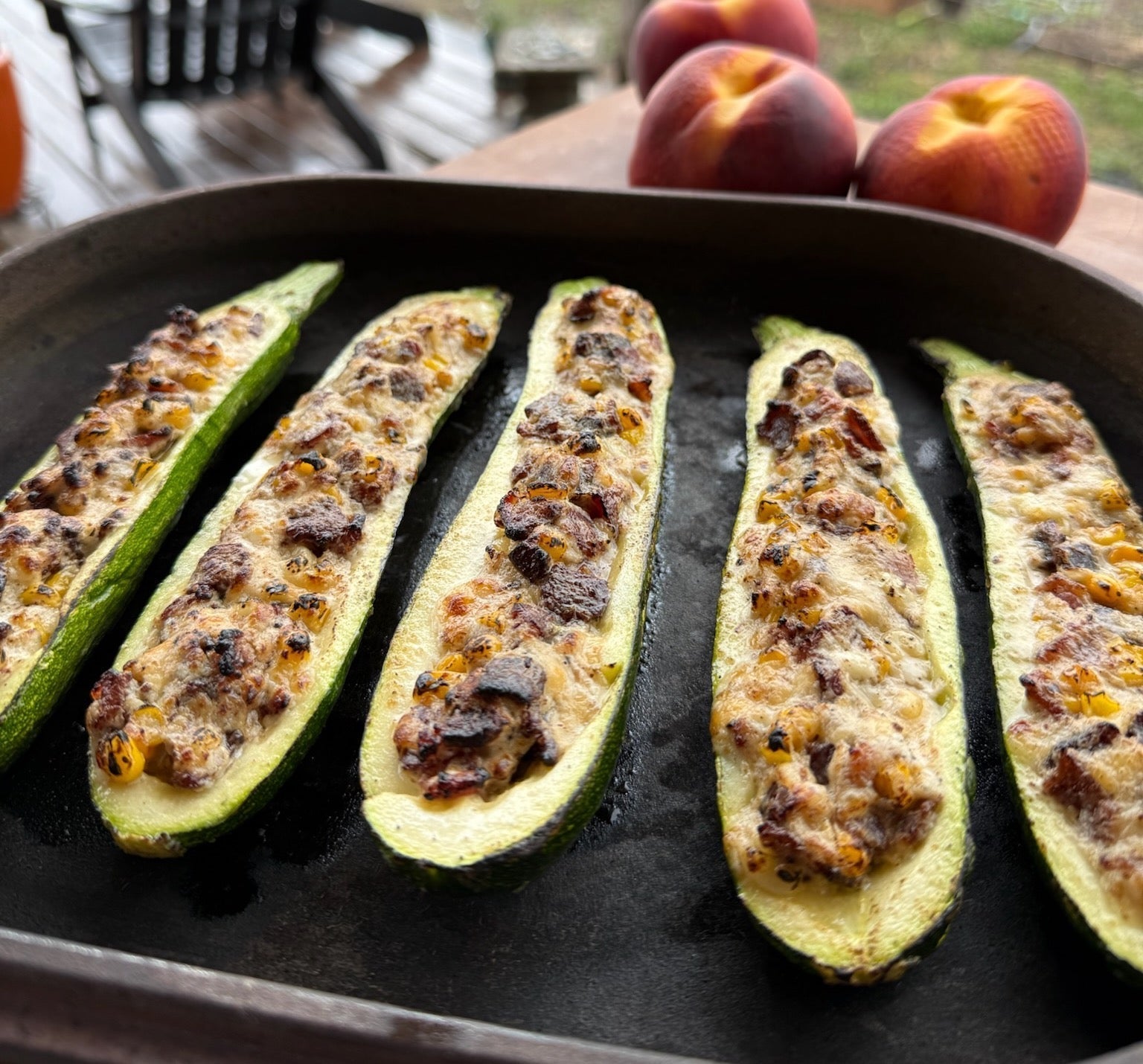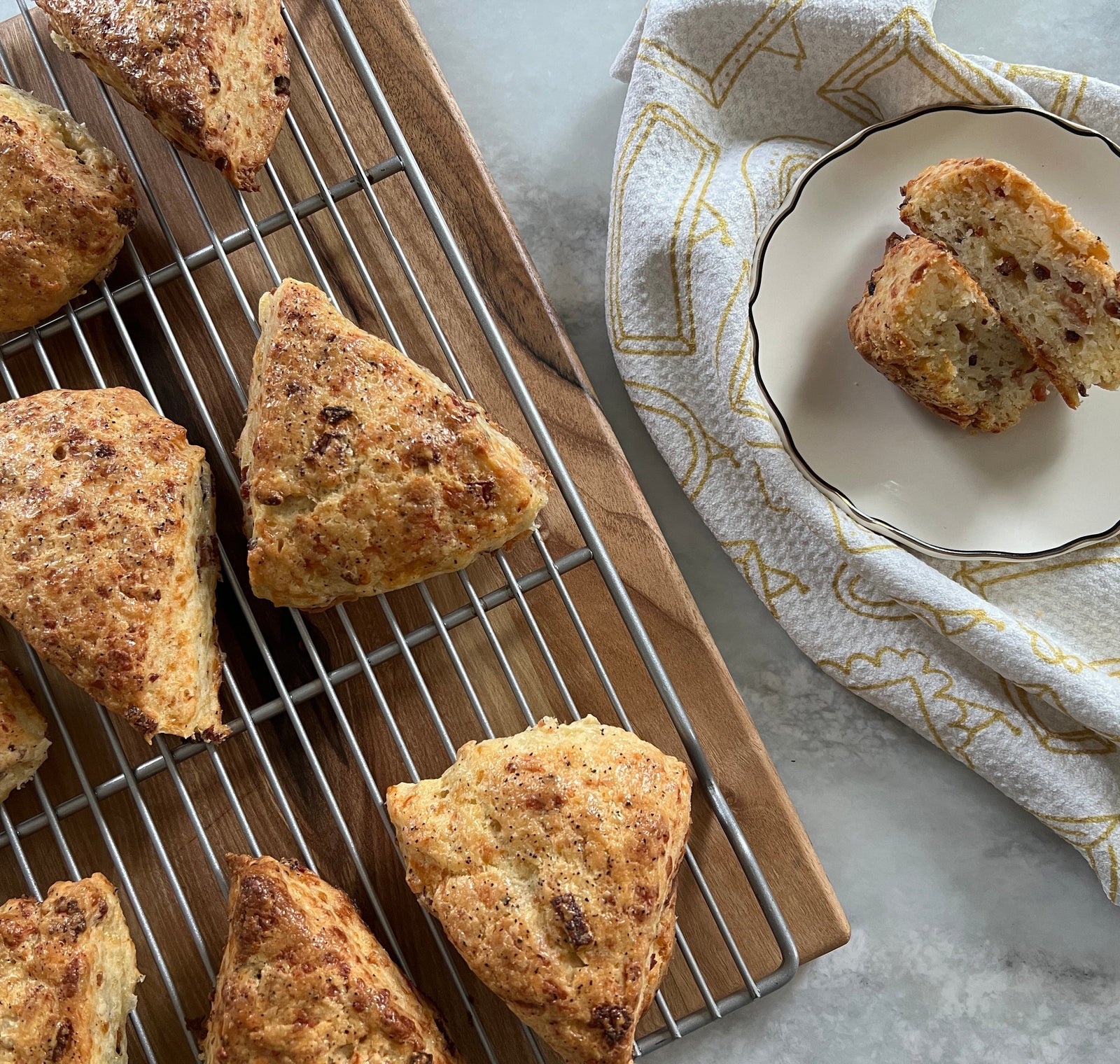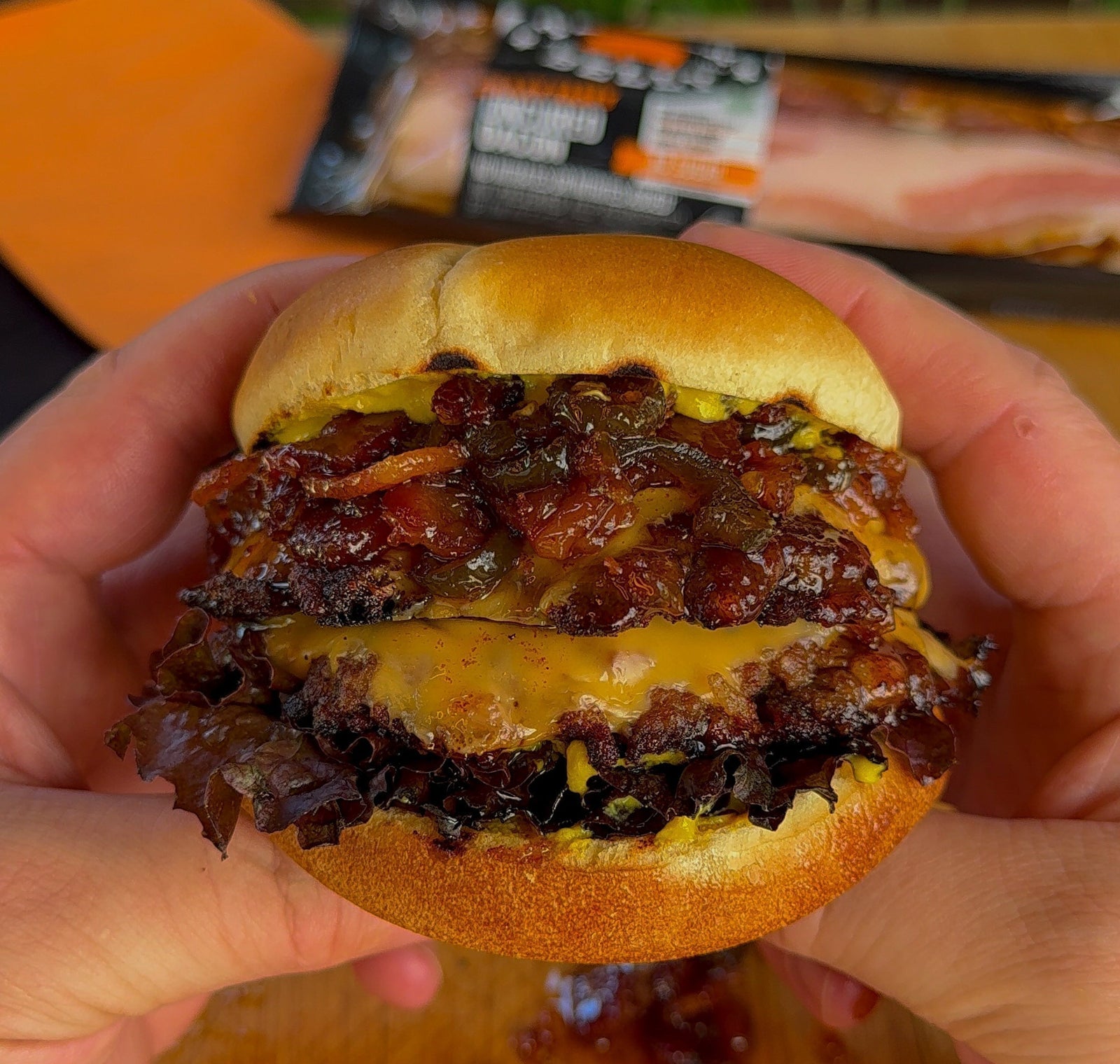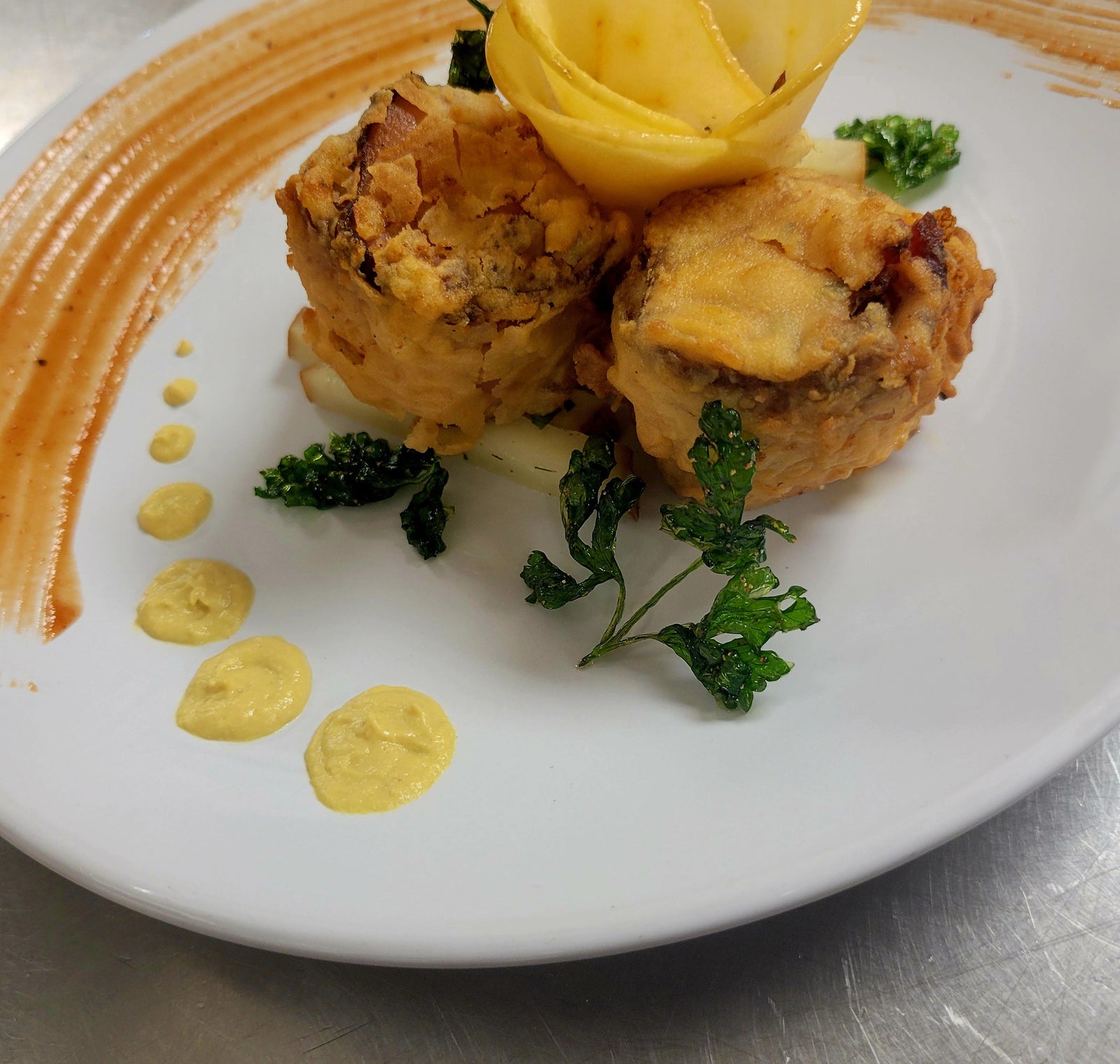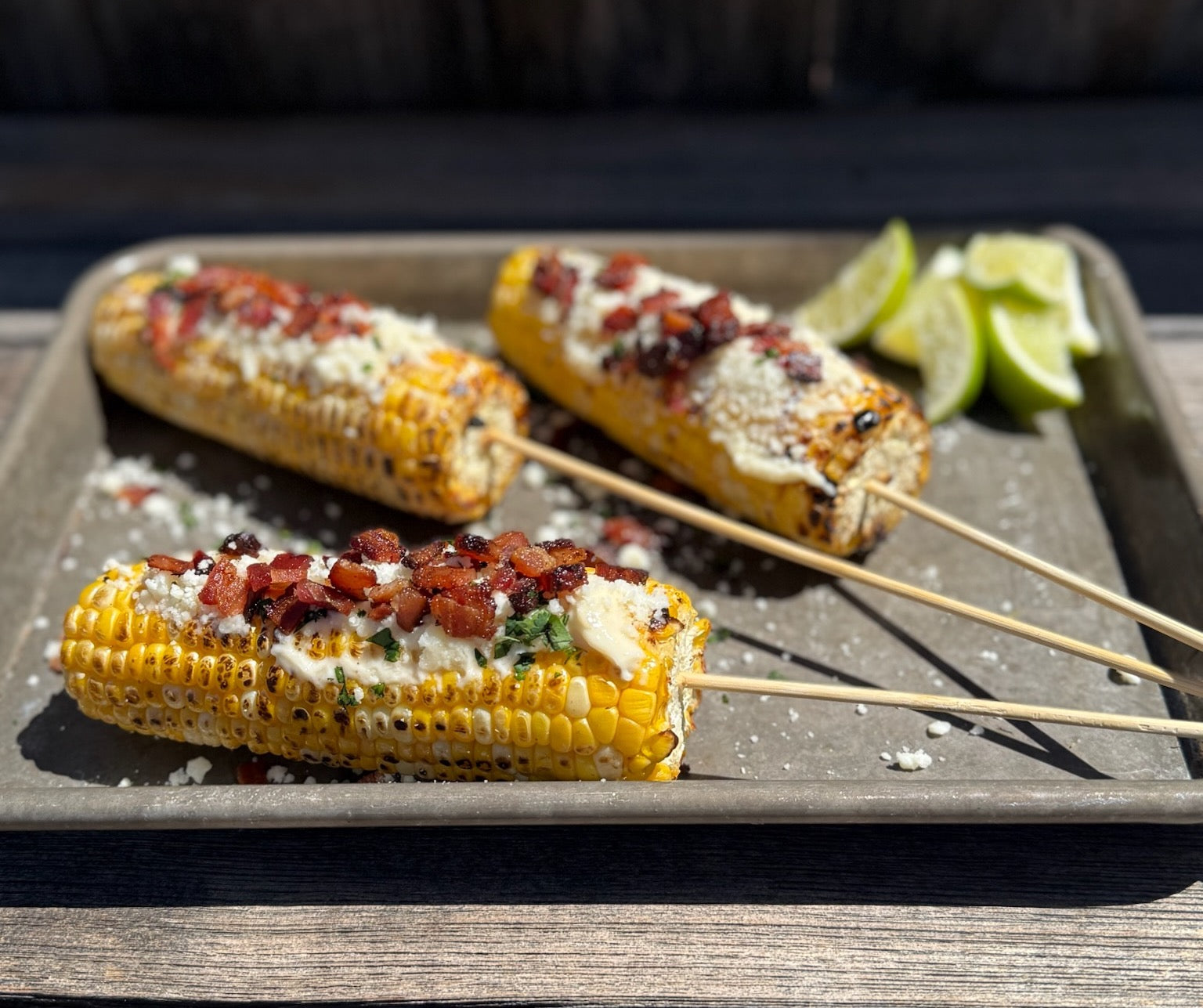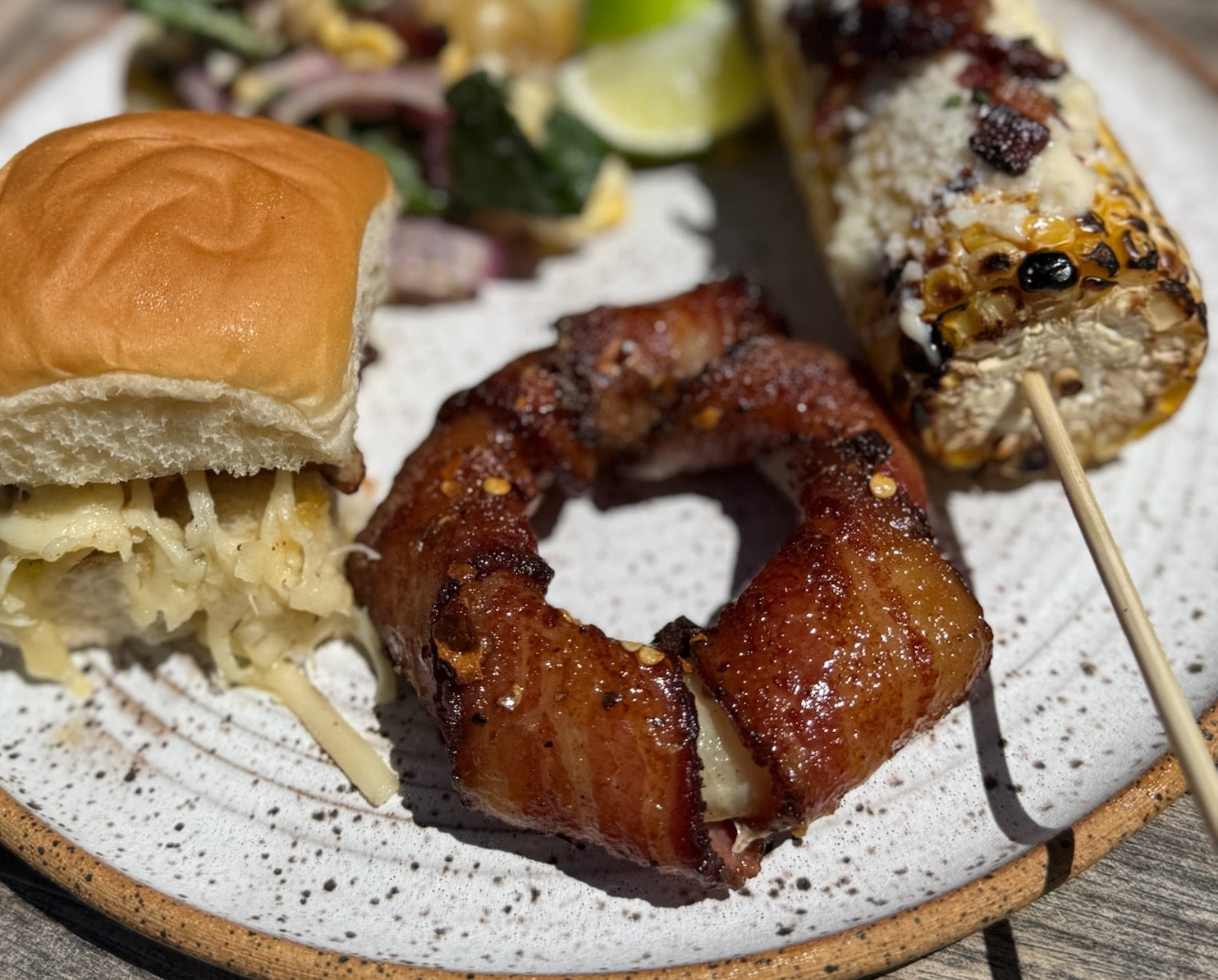Cured vs Uncured Bacon: What's The Difference?
Sun, Mar 01, 2020 / 6 min read

Bacon is arguably one of the most delicious foods around. Whether you choose to whip up a batch of bacon to accompany your breakfast pancakes or add it as a topping on a tasty burger, it's a tempting treat that's hard to ignore. One of the things we love about bacon is that itsflavor profile is incredibly versatile! It tastes just as great when paired with a healthy veggie as it does when turned it into a savory seasoning salt. With several different varieties now available like Irish bacon and applewood smoked, it's no wonder as to why the bacon section of grocery stores is continually expanding. While the flavor profile of your bacon does not necessarily make a difference in terms of your health, there is one factor that will - the curing process.
When searching for the perfect type of bacon to purchase, we often see the words "cured" and "uncured" on the label. Though bacon is a cured meat by definition, there are a variety of different preservation processes that the meat can go through. Some methods are so natural that the cured meat is labeled as uncured. But what is uncured bacon? Is it safe to eat? Healthier for you?More flavorful? Our team of experts has come together to answer all of these questions aboutpork products and more! Read on to discover the differences betweencured vs uncured bacon. We'll outline what makes each type of bacon unique and the different processes each meat endures to create the delicious tasting treat that you love so much.
The Basics
First, let's talk about bacon (more importantly, Tender Belly Bacon). A typically high-protein treat, United States style bacon is commonly made from side pork. In other words, the meat is cut from the side of the pig. However, in the United Kingdom, bacon is cut from the loin. This style is typically called Irish Bacon or Canadian Bacon. The main difference between each is the texture of the meat. Side pork, United States Bacon, is usually fattier, with lines of fat running parallel to the meat while Irish bacon naturally takes on a more ham-like texture. Now perhaps you may be wondering, “What is uncured ham? And does it undergo a similar process as bacon?”
No matter what style of bacon you're consuming, the meat has been cured in one way or another. As we dive more in-depth into the curing process, it's important to note that no matter what style of bacon you purchase, it must be cooked thoroughly before being consumed.
Cured Bacon
Cured bacon is bacon that has been preserved with a combination of salt, sodium, and nitrates. Nitrates, in particular, are what give bacon a pink color and help to preserve it over time.
Dry Curing
So, exactly how does bacon go from fresh pork to flavorful well-preserved meat? The more traditional and commonly used method for curing bacon is known as dry curing. Dry curing is when the fresh pork is rubbed with salt, seasonings, nitrates, and in some cases, sugar. The meat is then left to cure for a week or two. Since this method relies solely on dry ingredients, there is no need to add any liquid to the process. After being cured, the bacon is rinsed off. For an extra boost of flavor and preservation, after seasoning, most bacon is placed into a smoker. If a smoker is not used, the meat is instead put into a conventional oven or left to air dry in cold temperatures for weeks or sometimes months!
Wet curing
In addition to dry curing, wet curing can also be used to preserve pork and make bacon. Because wet curing is much faster than dry curing, it's become the preferred method for many large commercial brands. Most bacon today is cured through wet curing. Curing ingredients like salt, sugar, seasonings, sodium nitrate and other chemicals are mixed to create a brine that the bacon is soaked in or injected with. This injection method is called pumping and is the quickest way to cure bacon. After the bacon has been cured, similar to dry curing, the meat is then smoked for added flavor, taste, and preservation.
When creating commercially produced bacon instead of a smoker, a convectional oven is used to speed up the process. This heating process only takes about six hours, which is much faster than smoking, which can take several days. At the end of the process, liquid smoke is commonly added to bacon to replicate the smoky flavor.
When choosing which bacon to purchase, keep in mind that most commercial bacon curing methods are focused more on mass production than quality.
Uncured Bacon
Now that we've discussed all that cured bacon is, you may be wondering how bacon can be made without curing? The truth is, all bacon must be cured before consumption. While uncured bacon is still cured bacon, it undergoes a much different process. A process that is better for you and much more flavorful! Simply put, uncured bacon is bacon that has not been cured with synthetically-sourced nitrates and nitrites. Instead, uncured bacon is cured with natural nitrates, found in celery, beets, and other veggies. When the vegetables are combined with seasonings and fresh sea salt, they create a delicious bacon cure that's free of artificial chemicals. When searching the aisles for uncured bacon, most will be labeled as such, and have an additional label of "sodium nitrate-free." This label is essential to look for, as products that contain sodium nitrate can potentially put your health at risk.
Understanding Nitrates
Nitrates and nitrites have been used in food preservation for nearly 100 years, and for an understandable reason - they're cheap! Not only do nitrates and nitrites help preserve food, but they also add the pleasing pink color to bacon that many consumers look for. So, what's the problem? Synthetically-sourced nitrates can have adverse effects on your health. It's important to understand that nitrates and nitrites are not the same. Nitrates turn into nitrites in your body. Upon reaching your stomach, those same nitrites then convert into nitrosamines. Nitrosamine is a carcinogen and has often been linked to cancer.
Several vegetables, like celery, contain natural nitrates. However, the Vitamin C found in those vegetables prevents the nitrites from being turned into nitrosamines. These natural nitrates work the same way as synthetic ones to help preserve food. By using veggies in the curing process, we're able to successfully flavor and preserve meats like bacon without having to add any artificial chemicals!
How to Tell if Your Bacon has Been Smoked
Curious to know if the bacon you're buying has been put into a smoker? While the nutritional label won't give you much insight into the smoking process, the other labels on the package might! If your bacon is labeled "hardwood smoked" or "naturally smoked," this means that it was put into a smoker. Now, if the bacon you purchase bacon has a smoky flavor without these labels, it's likely that it was injected with liquid smoke to speed up the preservation process. When smoking bacon, different types of wood and sawdust are used to achieve a variety of flavors. In essence, our Hickory and Cherrywood wood chips give our bacon a full-bodied and balanced smoke that nearly everyone enjoys!
Where to Buy Bacon
When purchasing bacon, it's important to look for one that is of high quality. Quality bacon is created through a rigorous process. At Tender Belly, our pork comes from Heritage Breed Hogs, which are provided with an excellent quality of life. They're raised on lush farms, fed an all-natural vegetarian diet, and able to move around freely so that we can better accommodate your diet as well. If you follow a specific dietary plan and are questioning, “Is bacon keto? How about paleo?”, we can assure you that our uncured meats make the cut and are keto and paleo-approved. Now you can actually wake up and smell the bacon as Tender Belly can be used to make a tasty low carb breakfast.
This commitment to quality has allowed us to create the best-tasting bacon that money can buy. Selected from the ultra-tender bellies of our Heritage Breed hogs and cured with our signature dry rub, Tender Belly bacon is made from the highest-quality, freshest ingredients possible. To make sure no corners are cut, our bacon is slow-cured and given a full 12 days to absorb in the dry rub. By hand-selecting only the best ingredients for our rub, we ensure that nothing that goes into it is processed. This natural, quality approach results in the best rub and bacon we can make. And after just one bite, we're sure you'll agree.
Long story short, while there are various ways to cure bacon, there is one maindifference between cured and uncured bacon- the use of synthetically-sourced nitrates. But even that can be a subtle difference in taste. If you're searching for bacon that is sodium-nitrate free and full of flavor, then it's essential to understand the entire curing process. Creating high-quality, flavorsome bacon is a combination of quality ingredients and a delicious rub combined with the perfect slow smoking process - all of which Tender Belly prides ourselves in!
At Tender Belly, it's our mission to radiate excellence in everything we sell, and our uncured bacon is no exception! We set our standards high, and are devoted to providing you with bacon that is superior in both flavor and quality.
 Shop For Cured Bacon |
 Shop For Uncured Bacon |
